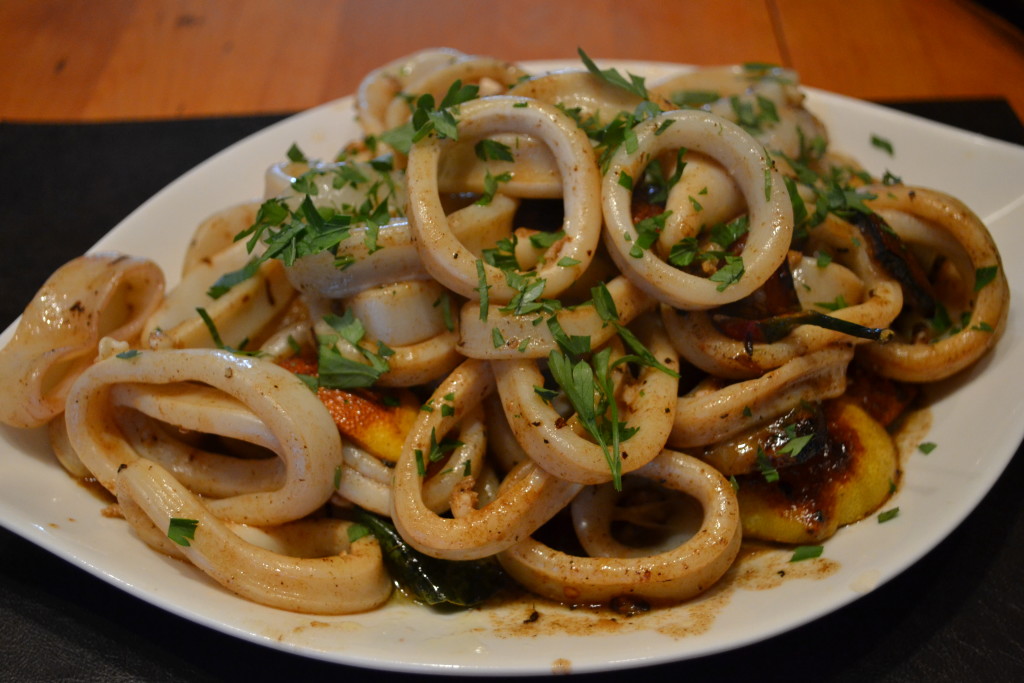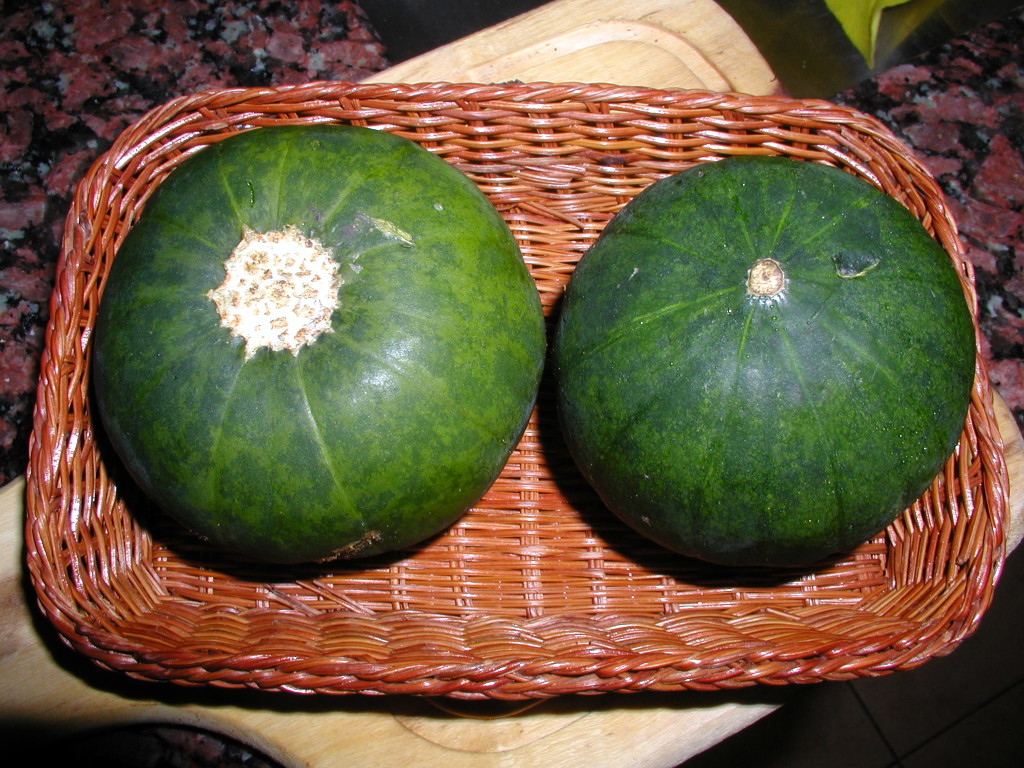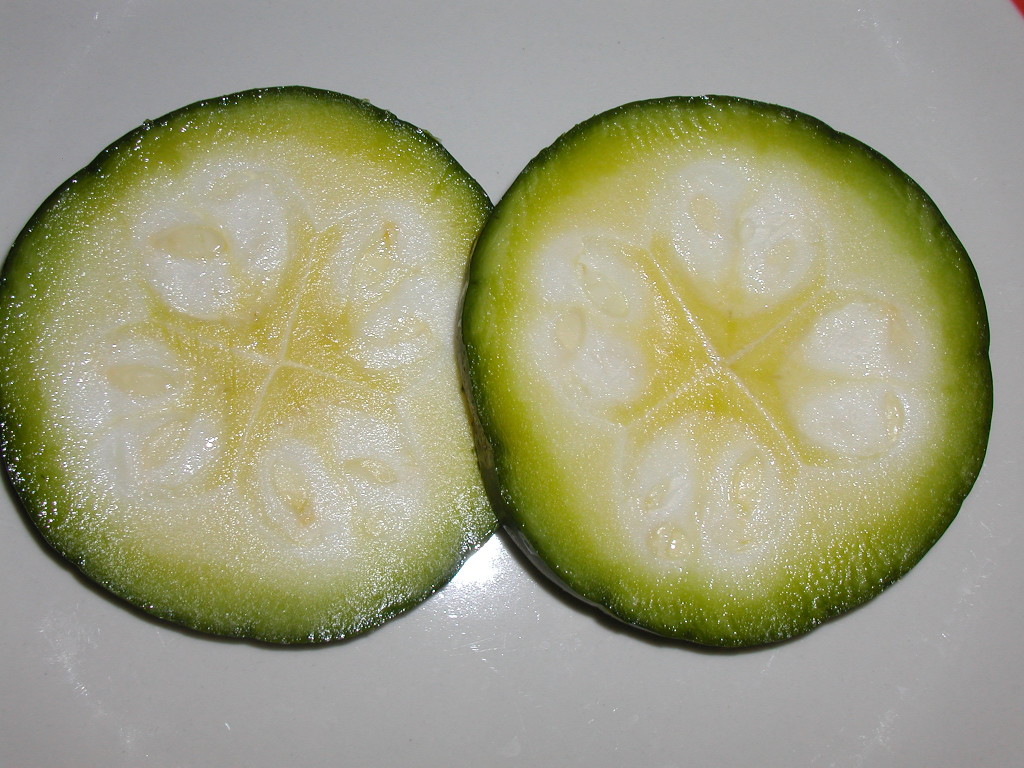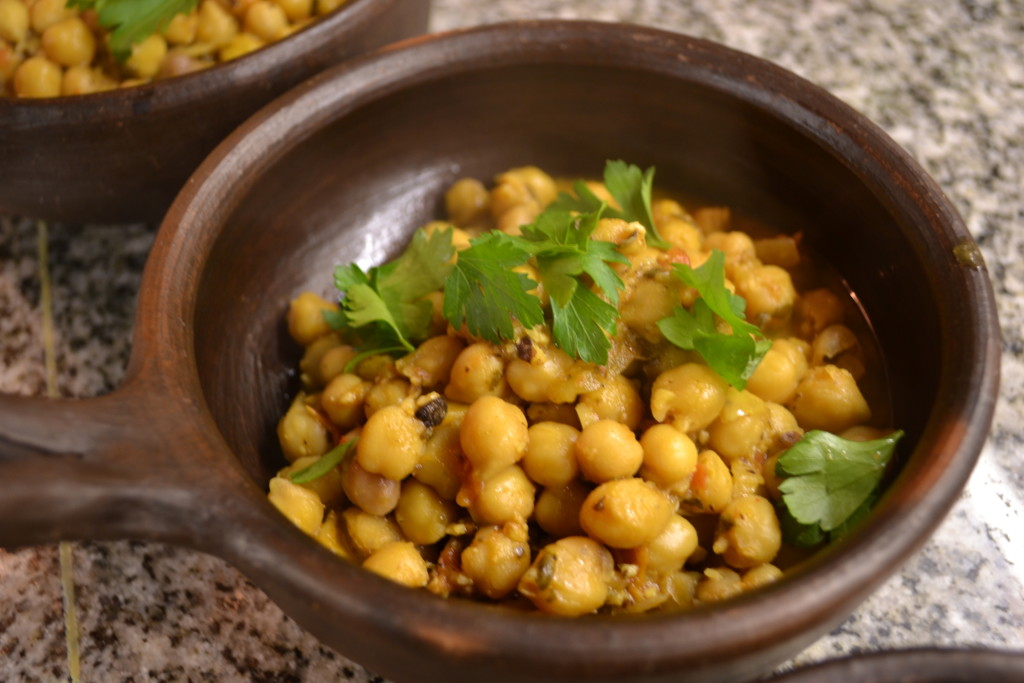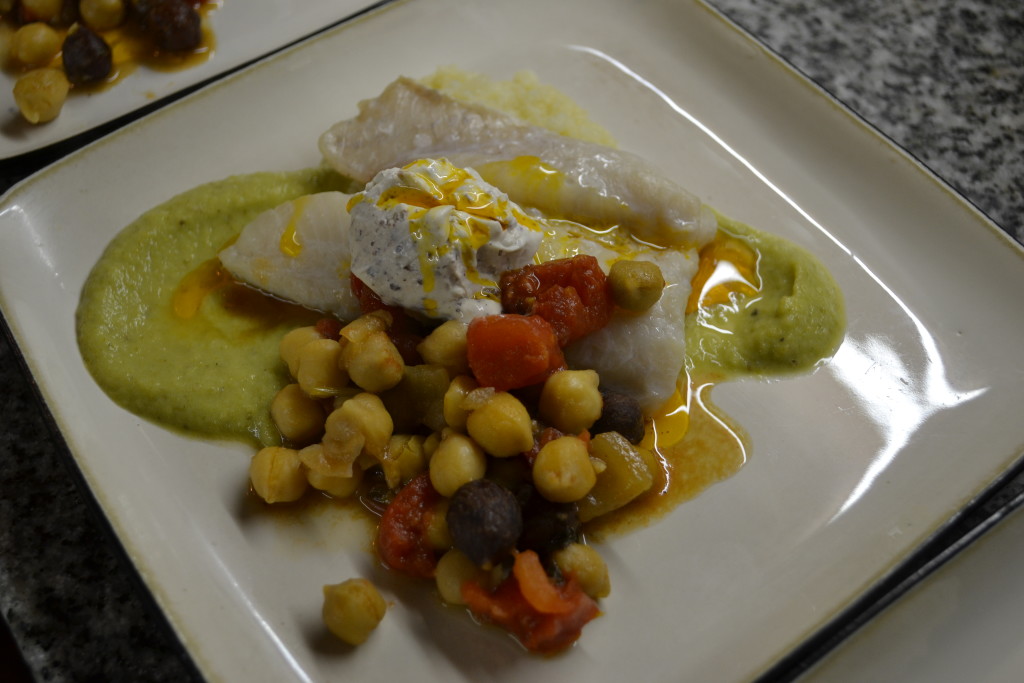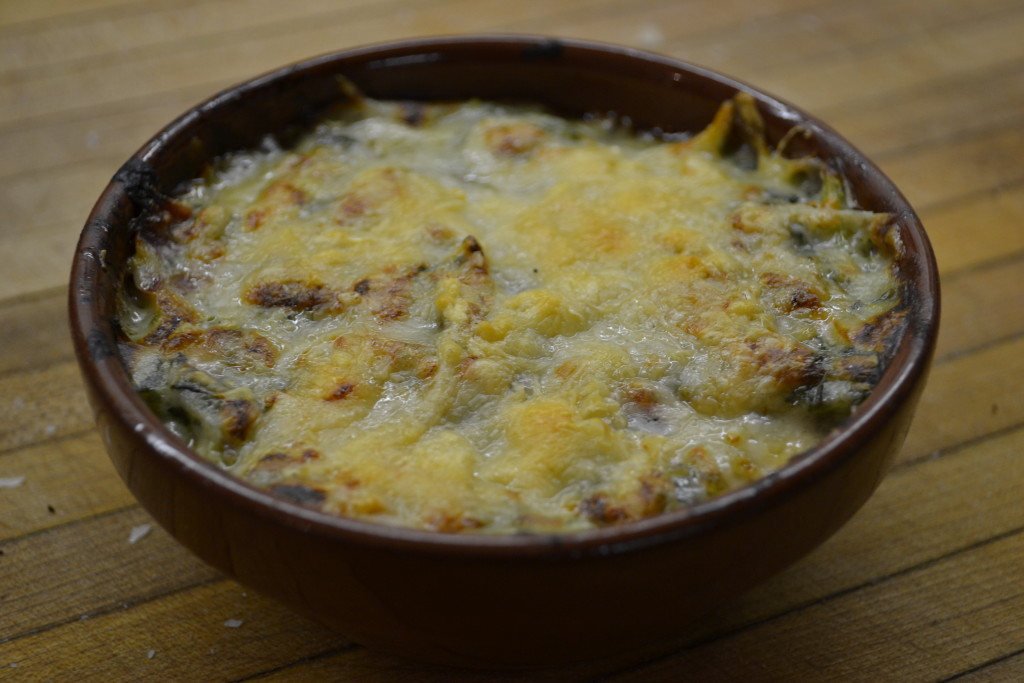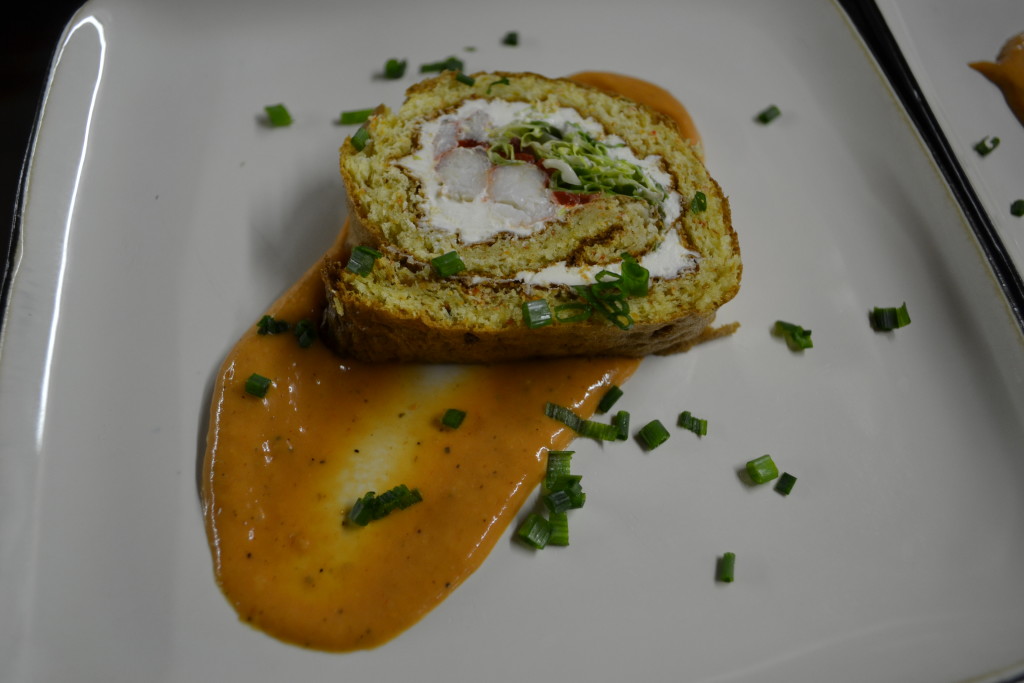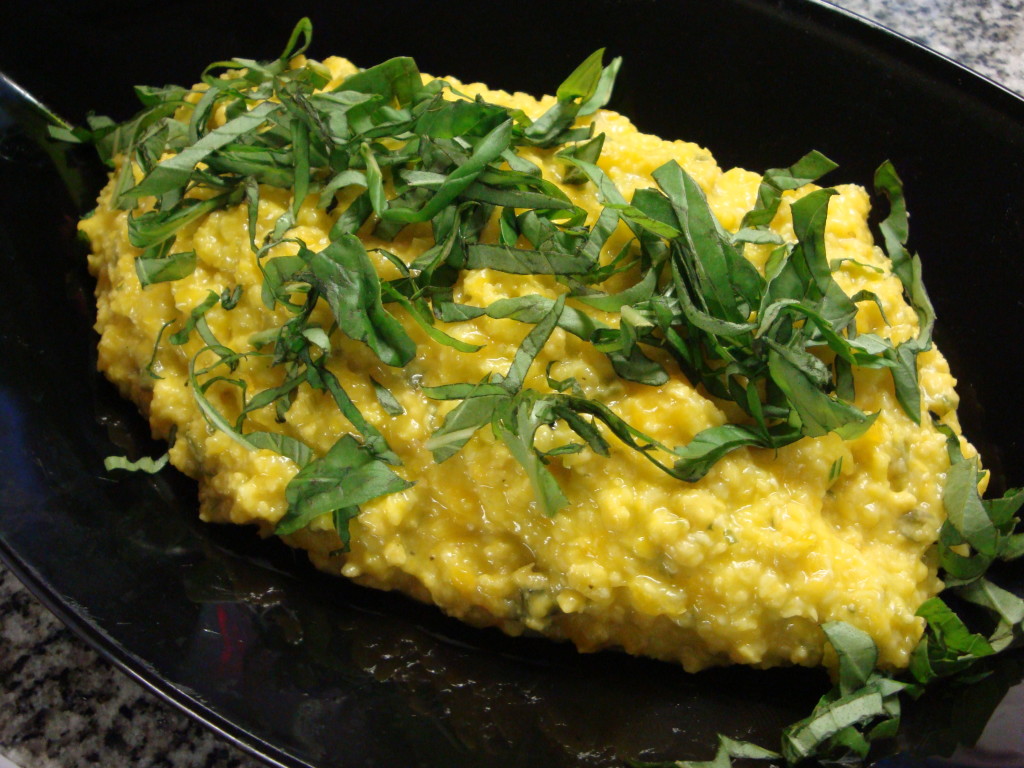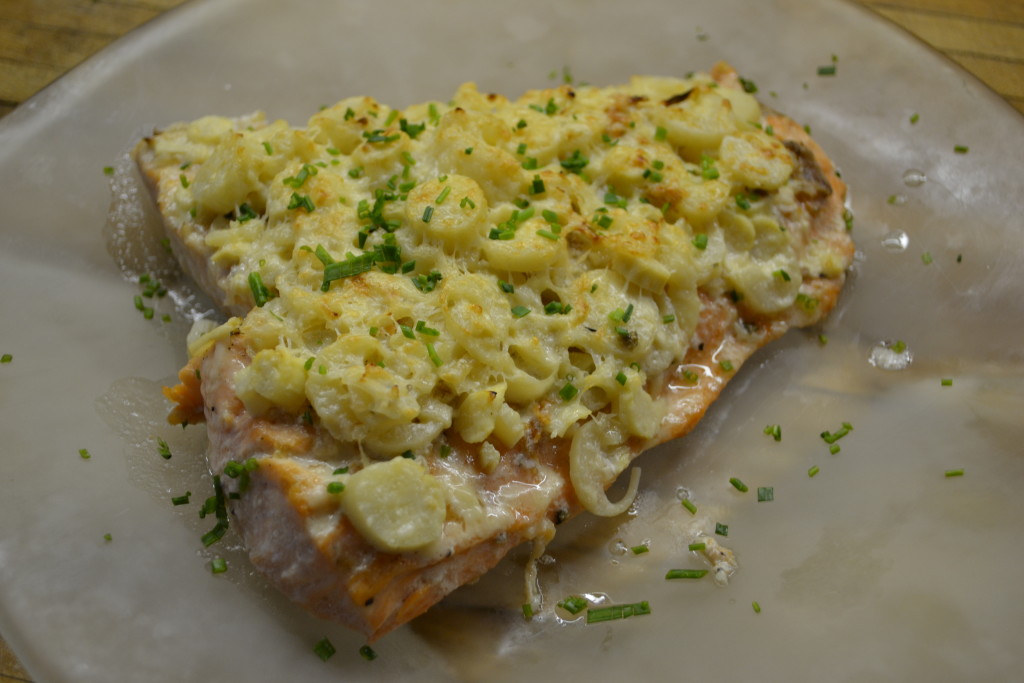Put a ring on it
On Sunday supplement
Food and Wine
“I can’t eat anything that has a face.” A common refrain from vegetarian friends. And sometimes not so vegetarian. I’ve heard the same from someone chowing down on a perfectly grilled steak – the same person who won’t touch a grilled trout or oven roasted quail – because it “looks like it was alive”. It’s a disconnect from our food supply that’s about as common as it could possibly be – a byproduct of the era of supermarkets and prepackaging.
I have encountered many a person, including some I know quite well, who will assert vehemently that they won’t touch any kind of shellfish because of how close to lifelike they seem. Particularly those with tentacles – octopuses, squids, cuttlefish – I mean, all those wriggly little appendages are virtually reaching out from the great beyond, no? But even they have an exception, and it seems near universal – fried calamari rings, rabas fritas as they’re called here.
Of course that could simply be the old chef’s adage that if you deep-fry anything people will eat it. Which I’m fairly certain is actually true. The same person who wouldn’t slurp an oyster on the half shell or that whole fish with a face will happily consume a po’boy sandwich or toss back fried smelt like popcorn at the movies. Most men cringe at the mere concept of criadillas, testicles, served here off the grill, but back home there are contests to see who can eat the most Rocky Mountain/Prairie Oysters – the very same sensitive genital organ coated in batter and fried to a crackly crunch.
I’m guilty of the same pleasure seeking – there really is something about deep-fried calamari rings that near calls out from any menu they’re on. I know they’re bad for me – there’s more batter and oil than there is squid – and worse, probably 75% of the time they’re overcooked, rubbery, and not actually all that pleasant. Most places don’t even go to the trouble to batter them up themselves, they just buy bulk frozen ones from some food processing conglomerate, throw them in hot oil and hope for the best.
For this week’s column I’m throwing the batter out with the bath oil and giving you what I think is a pretty rocking good version that’s a whole lot better for you and still retains a lot of our favorite flavors in the mix. And we’ll use the Italian, calamari, which we all know and love because it sounds so much more exotic and so much less “ewww” than “squid” (a 17th century corruption of the word “squirt”, because of the whole ink squirting thing, the sailor’s term at the time for these critters).
Charred Lemon Calamari Rings
1 kg fresh squid rings
2 lemons, cut in quarters
2 hot chilies, cut in half lengthwise
2 bay leaves
salt and black pepper
100 ml olive oil
1 handful (roughly 30 gm/½ bunch) of parsley, chopped (stems and leaves)
200gm plain yogurt
½ teaspoon each salt, ground cumin and coriander seeds
In a wide frying pan put the olive oil and heat over a high flame until it just starts to smoke. Add the lemon quarters and chilies (you can make this more or less picante if you like, of course). Cook, turning the lemons and chilies until they’re browned and blistered on all sides.
Add the squid rings and bay leaves and cook, moving them continuously, for no more than a minute, until just cooked through and firmed up – don’t overcook or they’ll get rubbery. Remove from the heat, toss in a bowl or platter with parsley, salt, fresh cracked black pepper to taste. Serve hot with dipping sauce: mix yogurt, salt, cumin and coriander seed.
If you like a bit of tomato in the mix to echo the oft-time tomato dipping sauce, add a handful or two of halved cherry tomatoes to the skillet at the same time as the calamari rings.
A series of recipes and articles that I started writing for the Buenos Aires Herald Sunday supplement, Food & Wine section, at the beginning of 2012. My original proposal to them was to take local favorite dishes and classics and lighten them up for modern day sensibilities. We’re not talking spa or diet recipes, but at the very least, making them healthier in content, particularly salt, fat and portion size. As time went by, that morphed into a recipe column that, while emphasizing food that is relatively “good for you”, wasn’t necessarily focused on local cuisine. At the beginning of 2013 I decided to stop writing for them over some administrative issues, but it was fun while it lasted.
